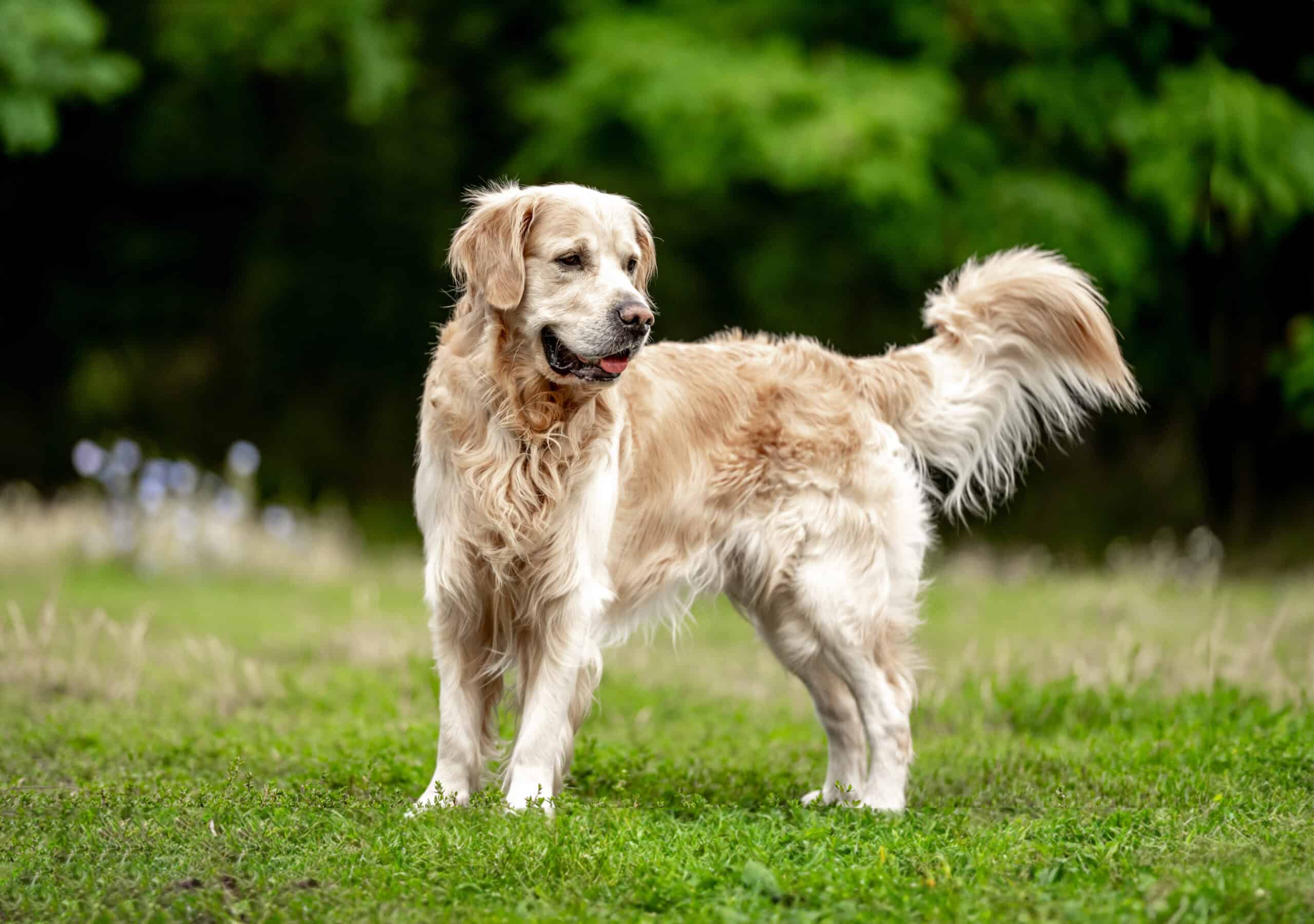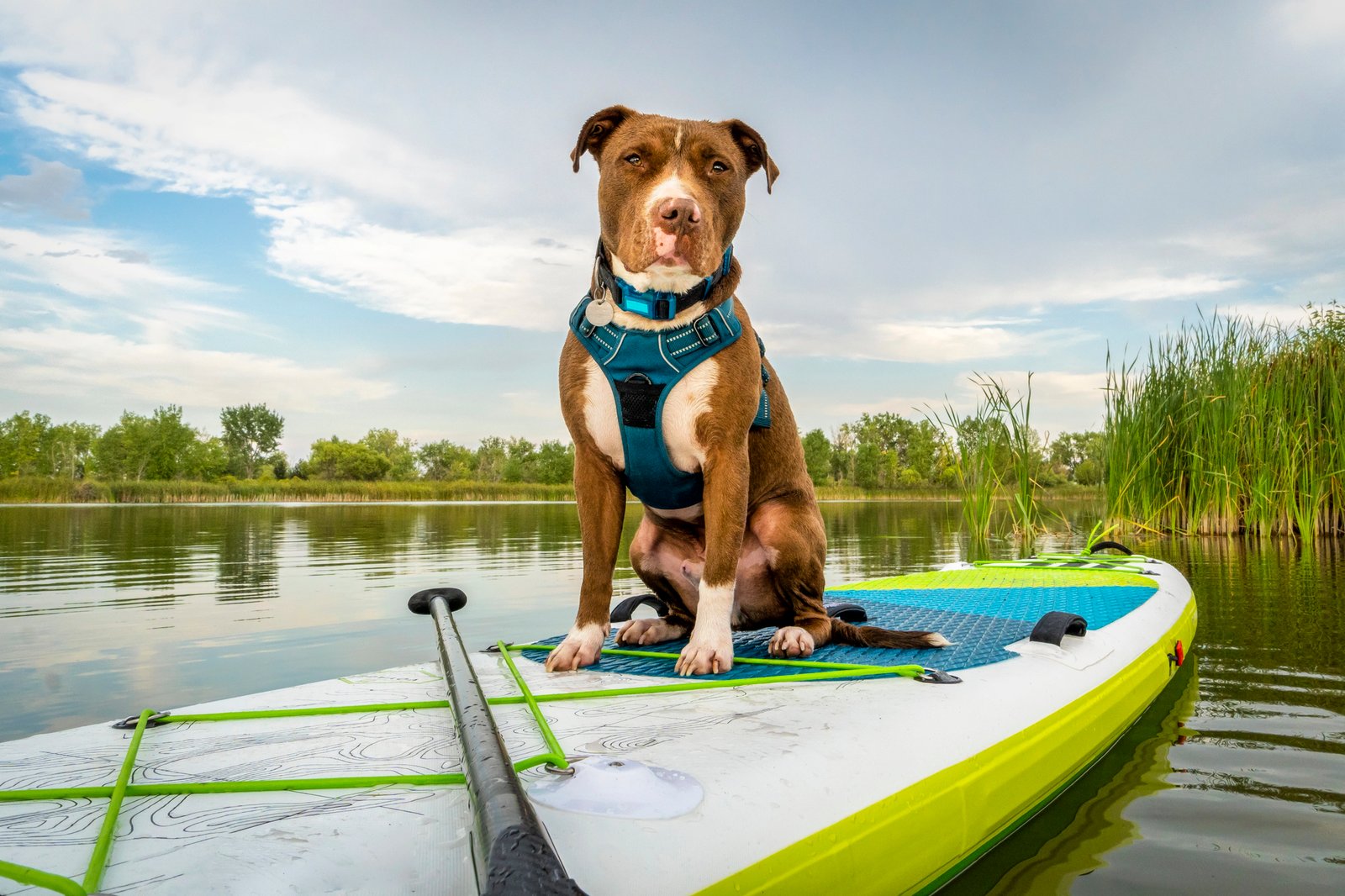Every dog owner wants to ensure their furry friend leads a happy, healthy life. While regular vet visits are crucial, there are some insider tips that can make a big difference in your dog’s well-being. Here are 20 lesser-known tips to help you care for your dog like a pro.
1. Rotate Your Dog’s Toys

Just like humans, dogs can get bored with the same toys. Rotating their toys every few weeks keeps them engaged and mentally stimulated. It can also help reduce destructive behavior caused by boredom.
2. Use Natural Remedies for Fleas

Chemical flea treatments can be harsh on your dog’s skin and overall health. Consider natural alternatives like apple cider vinegar, which can be diluted and sprayed on your dog’s coat, or a mix of essential oils like lavender, neem oil, a citrus bath, natural flea sprays, and cedarwood. However, consult with your vet to avoid skin reactions since some oils like clove, tea tree oil, cinnamon and pine to name a few are not suitable to dogs.
3. Create a Safe Space for Your Dog

Dogs need a place where they feel secure, especially during stressful times like thunderstorms or fireworks. A cozy corner with their bed, a favorite toy, and some soft music can do wonders for their anxiety.
4. Regularly Check Your Dog’s Teeth

Dental health is often overlooked but is vital for your dog’s overall health. Regularly brush your dog’s teeth with dog-specific toothpaste and provide dental chews to help reduce plaque and tartar buildup.
5. Maintain a Consistent Feeding Schedule

Dogs thrive on routine, so try to feed them at the same times every day. This consistency can help with digestion and reduce anxiety around mealtime.
6. Invest in a Good Quality Harness

A well-fitted harness can make walks more enjoyable and safe for both you and your dog. It reduces the risk of neck injuries and provides better control. Moreover, a harness is more secure than a collar which could risk injury in any untoward situation.
7. Practice Regular Ear Cleaning

Certain breeds are prone to ear infections especially when earwax collects inside a dog’s ears trapping dirt and bacteria. Regularly cleaning your dog’s ears with a vet-approved solution can prevent these painful infections and keep their ears healthy. Never attempt to clean your dog’s ears with a bare tweezers or ear pick, always use a thick piece of cotton wrapped around the instrument.
8. Monitor Your Dog’s Weight

Obesity can lead to numerous health problems in dogs, including diabetes and joint issues. Keep an eye on your dog’s weight and adjust their diet and exercise routine as needed.
9. Provide Mental Stimulation

Dogs need mental exercise as much as physical exercise. Puzzle toys, training sessions, and interactive games can keep their minds sharp and prevent behavioral problems.
10. Use a Humidifier in Winter

Dry winter air can cause your dog’s skin to become itchy and flaky. A humidifier adds moisture to the air, helping to keep their skin healthy and hydrated.
11. Know the Signs of Allergies

Dogs can suffer from allergies just like humans. Common signs include excessive scratching, licking, and ear infections. If you notice these symptoms, consult your vet and consider allergy testing.
12. Socialize Your Dog Early

Early socialization is crucial for a well-adjusted dog. Expose them to different people, environments, and other animals to build their confidence and reduce fear-based behaviors. Socializing makes your dog calmer and adaptable to a family environment.
13. Keep a First Aid Kit Handy

Accidents happen, so it’s best to be prepared. A pet-specific first aid kit should include items like bandages, antiseptic wipes, and a digital thermometer.
14. Regularly Groom Your Dog

Regular grooming, including brushing and bathing, helps keep your dog’s coat and skin healthy. It also allows you to check for any unusual lumps, bumps, or parasites.
15. Provide Fresh Water at All Times

Hydration is essential for your dog’s health with water the main component of a dog’s body. It helps regulate its temperature, improves digestion, and supports nerve and muscle function. Ensure your dog always has access to fresh, clean water, especially after exercise and during hot weather.
16. Use Positive Reinforcement Training

Positive reinforcement is a powerful tool for training your dog. Rewarding good behavior with treats, praise, or playtime is more effective and humane than punishment.
17. Be Mindful of Your Dog’s Paws

Paws can be sensitive, especially in extreme weather conditions. In winter, protect them from ice and salt with booties or paw balm. In summer, avoid hot pavement that can burn their pads.
18. Keep Toxic Foods Out of Reach

Many common foods are toxic to dogs, including chocolate, grapes, and onions. Educate yourself on what foods to avoid and ensure they are kept out of your dog’s reach.
19. Regular Exercise is Crucial

Exercise is essential for your dog’s physical and mental health. Tailor the exercise to your dog’s age, breed, and energy level, and ensure they get a mix of activities like walks, runs, and playtime.
20. Stay Calm and Consistent

Dogs are highly attuned to their owner’s emotions. Staying calm and consistent in your behavior and training will help your dog feel secure and well-adjusted. These insider tips can help you provide the best care for your dog, ensuring they lead a healthy and happy life. Remember, while these tips are beneficial, regular vet check-ups are essential to keep your furry friend in top shape.

Andrew Alpin from India is the Brand Manager of Doggo digest. Andrew is an experienced content specialist and social media manager with a passion for writing. His forte includes health and wellness, Travel, Animals, and Nature. A nature nomad, Andrew is obsessed with mountains and loves high-altitude trekking. He has been on several Himalayan treks in India including the Everest Base Camp in Nepal.






